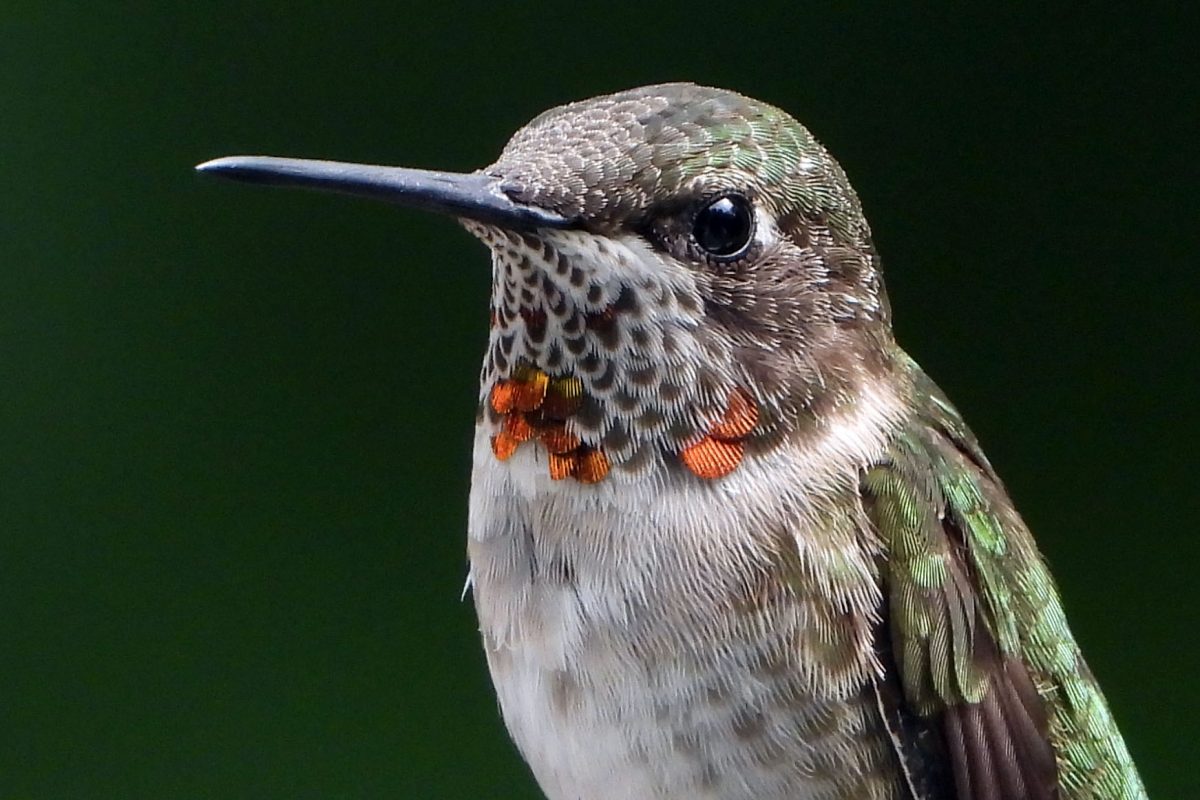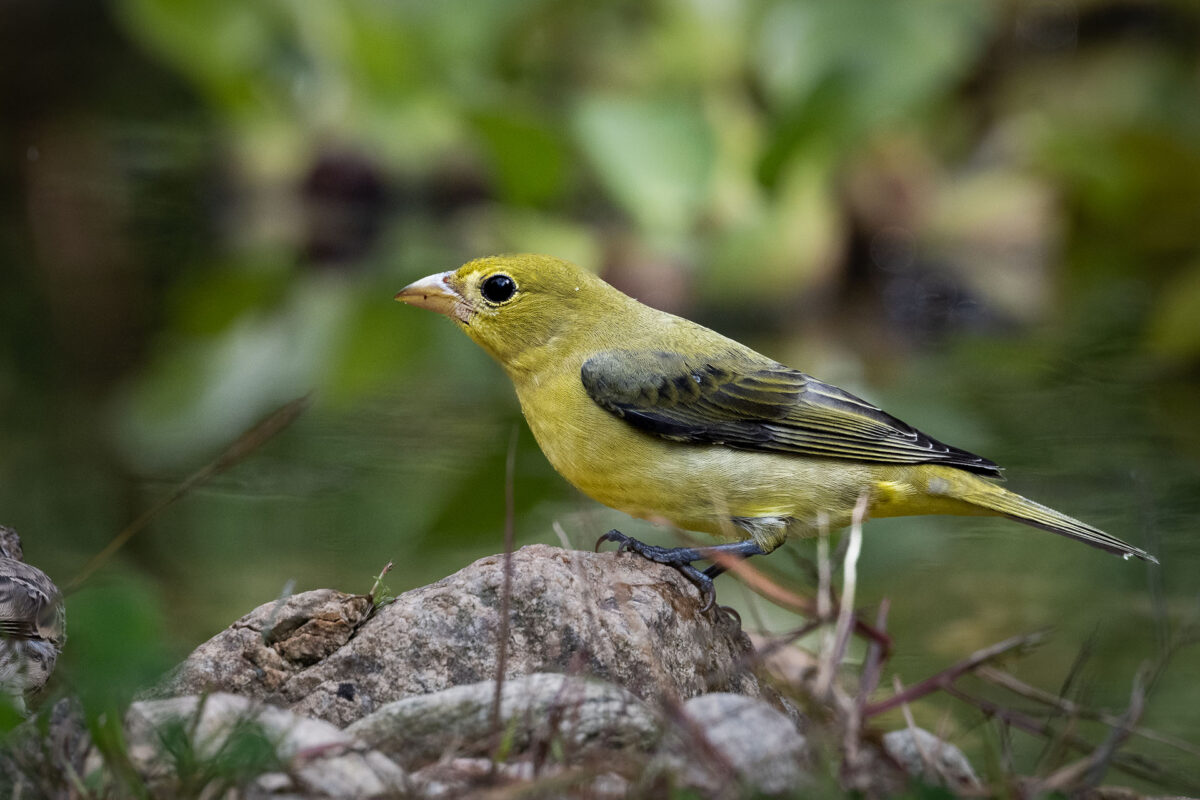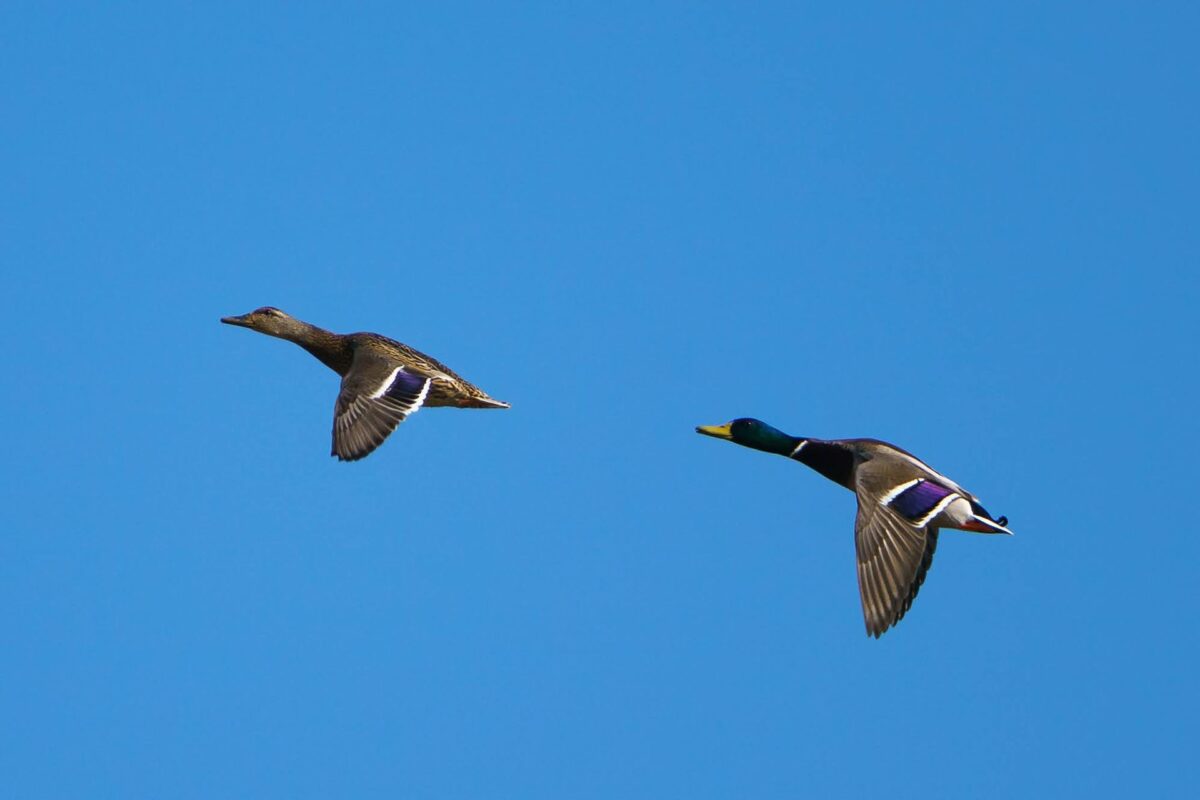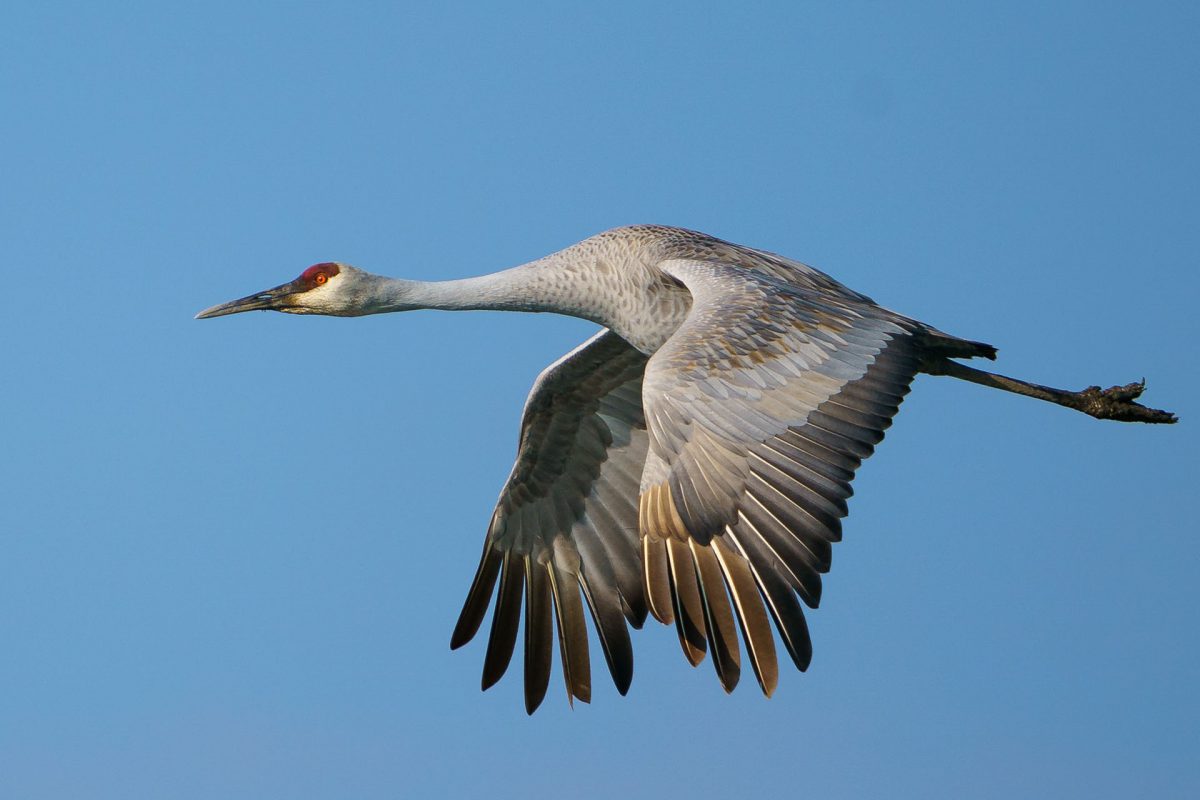To most people, the term “flyover country” is an off-handed dismissal of a location as unimportant or uninteresting — just a pitstop on the way to somewhere interesting.
When it comes to birds in the Southeast, though, East Tennessee is undeniably flyover country for many migrating birds. But that’s not a bad thing, especially if you’re a birder looking for opportunities to spot interesting species making their way from A to B.
While spring is an ideal time to spot migrating avians at their most colorful, it’s also when birds tend to be high-strung and more difficult to spot in their frenzy to find mates.
The arrival of autumn presents a more sedate birding experience. Birds migrating to their wintering sites tend to be calmer without the demands of breeding season dominating their field of view.
Instead of a frenetic rush of movement, birds travel more slowly as the weather cools, stopping and feeding on their way south to locations in Florida, Mexico, Central America and South America.
Though the reasons behind birds’ migration are still not fully understood, research suggests birds travel north in the spring in part because of North America’s massive spring insect bloom. Just like many of us base our travel decisions on a destination’s food scene, such an abundant resource is enough to tempt birds to embark on long-distance migrations.
By fall, however, those same food sources are becoming scarce, so birds head back south, where temperatures are warmer and a meal is easier to find.
Though we call it “fall” migration, the journey south actually begins in July for many birds that spend their summers in North America. By the official start of the season in September, species like Purple Martens and Louisiana Waterthrushes have already left the area.
Plenty of other birds are just now passing through, though, which should be exciting news for birders, says Curator of Forests (and avid birder) Kevin Calhoon.
“We also have young-of-the-year birds,” he says. “So there are actually more birds coming through than in spring because their offspring are coming through, too.”
The peak of fall migration varies by species, and Calhoon suggests birdwatchers keep an eye out for different species at different times.


Left: A Ruby-throated Hummingbird. Right: A nonbreeding Scarlet Tanager.
Ruby-throated Hummingbirds begin their migration in late July through August and are almost entirely gone from East Tennessee by early October.
“Many times if you see a hummingbird in October, it’s not a Ruby-throated,” Calhoon says. “It would be a western species that got lost, like the Rufous Hummingbird.”
Scarlet Tanagers will continue passing through the area until mid-October, but they may not be sporting the bright red you’d see in the spring during their breeding season. Instead, they’re a more subdued green, making it easier for them to blend into trees and avoid predators.
Chestnut-sided Warblers also change their colors after breeding season, molting from their spring livery of yellow and brown to appear gray and green. They can be spotted passing through East Tennessee’s mountains from late August to mid-October.
Swainson’s Thrushes and Great-cheeked Thrushes can be spotted from early September through mid-October as well. Calhoon says these species are far more common during this season than the spring migration.


Left: Male and female Mallards in flight. Right: Sandhill Crane.
Not all species are just passing through. The fall migration also brings birds for whom East Tennessee is their wintering site.
White-throated Sparrows and Hermit Thrushes spend spring and summer far to the north in New England and Canada. By early October, those birds begin arriving in East Tennessee.
Waterfowl like Blue-winged Teal Ducks end their migrations in Tennessee at the end of September and early October. Many other species of ducks — Mallards, Buffleheads and Gadwalls — follow in late October.
While Calhoon appreciates the colors of the spring migration, he says he’s drawn to birds in the fall because of their subtleties and relaxed behaviors.
“They’re not singing as a rule,” he says. “They’re chipping and making small sounds to keep together, but they’re not territorial.”
Birders can even appreciate this autumnal behavior after sunset. Many birds choose to travel by night during this season, especially during a full moon, he adds.
“If you learn what their calls are, you can actually hear them flying over.”
One overwintering species with an unmistakable call is the majestic Sandhill Crane. These large (3- to 4-foot-tall) wading birds undertake one of the Southeast’s most spectacular bird migrations, with thousands coming to the area beginning the first week of November from summertime sites in Canada and the Midwest. Even if you don’t have binoculars, their arrival is easily marked by the haunting sound of their primeval bugling cry.
